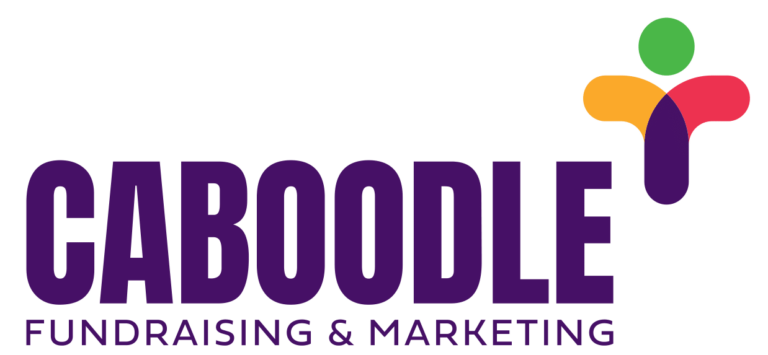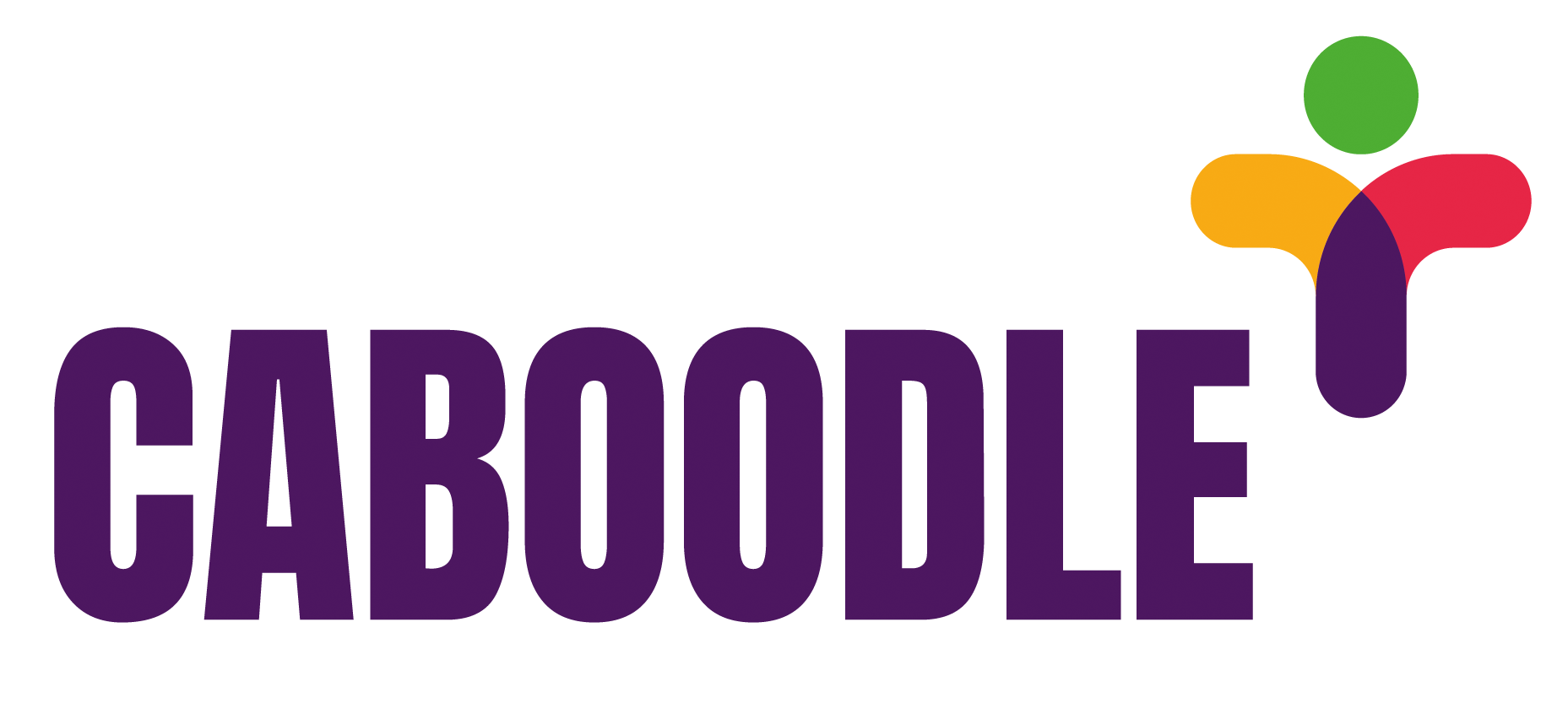One of the main areas of our work involves helping non-profit organisations, charities, and social enterprises with their marketing, communications, and messaging. A common mistake we encounter is the tendency to focus on the features of what these organisations do rather than highlighting the benefits. People are more emotionally moved by the benefits rather than the features. Here’s how to effectively communicate the benefits of charity work.
Features vs. Benefits: The Key Difference
A frequent issue in non-profit communications is the overemphasis on features rather than benefits. To illustrate, consider how a car is sold. A salesperson might list features like a turbo-assisted 2L engine and a 16-valve configuration. However, these details are less likely to persuade a buyer compared to the benefit-focused statement: “This car accelerates from 0 to 60 mph in 6 seconds.” The latter paints a clear, desirable image in the buyer’s mind.
Similarly, in charity communications, it’s crucial to shift the focus from features to benefits. Instead of stating “We provide counselling for people,” highlight “We improve the emotional well-being of individuals.” Provide proof and stories that demonstrate this impact.
Communicating the Benefits of Charity
Here are some strategies to effectively communicate the benefits of charity work:
- Use Clear Language: Avoid jargon and complex terms. Make it easy for people to understand what your charity does and how it benefits others.
- Provide Evidence of Impact: Share stories and data that showcase the difference your charity makes. For example, conduct surveys to measure the well-being of your beneficiaries before and after receiving your services. Presenting results like “Our clients’ happiness levels increased from an average of 3 out of 10 to 6 out of 10” is powerful and compelling.
- Highlight Real-Life Stories: Personal stories are more relatable and impactful. Share testimonials from individuals who have directly benefited from your charity’s work. This humanises your cause and makes the benefits tangible.

Practical Example: Improving Emotional Well-Being
Let’s put this into a real-world context. Suppose your charity provides counselling services. Instead of focusing on the service itself, emphasise the transformation it brings. For instance:
- Feature-Based Messaging: “We offer counselling sessions.”
- Benefit-Based Messaging: “We help individuals achieve better emotional well-being and lead happier lives.”
Supporting this with a real-life example: “Jane, a beneficiary of our counselling services, reported a significant improvement in her mental health, going from feeling overwhelmed and anxious to confident and hopeful within just a few sessions.”
Simplifying Your Message
During a recent review of a charity’s website, we noticed their services section contained a dropdown menu with six terms that were unclear and jargon-filled. This complexity made it hard to understand what the charity actually did. Higher-level communication should focus on clear, concise benefits: “This is how we improve lives.”
The benefits of charity are far more compelling than the features. By focusing on how your organisation makes a positive impact, you can create a more emotive and engaging message. Highlight the benefits, support them with real-life stories and data, and use clear, accessible language. This approach not only helps in gaining support but also ensures that your message resonates deeply with your audience.
To learn more about how we can help support you with your charity, please get in touch with our team or learn more about what we do!

